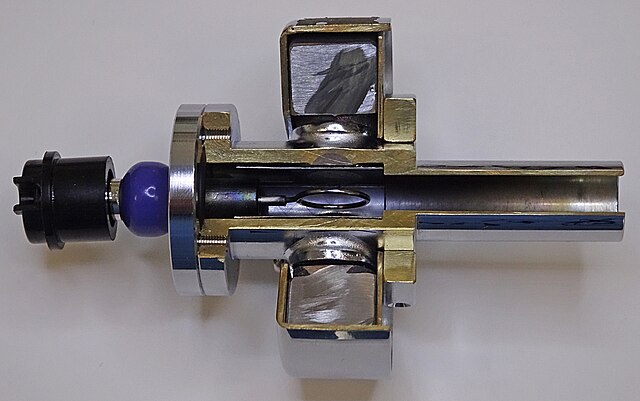A Penning trap is a device for the storage of charged particles using a homogeneous magnetic field and a quadrupole electric field. It is mostly found in the physical sciences and related fields of study as a tool for precision measurements of properties of ions and stable subatomic particles, like for example mass, fission yields and isomeric yield ratios. One initial object of study were the so-called geonium atoms, which represent a way to measure the electron magnetic moment by storing a single electron. These traps have been used in the physical realization of quantum computation and quantum information processing by trapping qubits. Penning traps are in use in many laboratories worldwide, including CERN, to store and investigate anti-particles such as antiprotons. The main advantages of Penning traps are the potentially long storage times and the existence of a multitude of techniques to manipulate and non-destructively detect the stored particles. This makes Penning traps versatile tools for the investigation of stored particles, but also for their selection, preparation or mere storage.

A cylindrical version of a Penning trap, with open endcaps to permit axial access. B indicates the magnetic field, and E indicates the electric field used for storage of the particles in the trap centre.
Frans Michel Penning was a Dutch experimental physicist. He received his PhD from the University of Leiden in 1923, and studied low pressure gas discharges at the Philips Laboratory in Eindhoven, developing new electron tubes during World War II. Many detailed observations of gas ionization were done with colleagues, finding notable results for helium and magnetic fields. He made precise measurements of Townsend discharge coefficients and cathode voltage fall. Penning made important contributions to the advancement of high resolution mass spectrometry.
Philips Natuurkundig Labarotorium (NatLab) located in the Strijp district of Eindhoven, Netherlands
Penning vacuum gauge (open)



